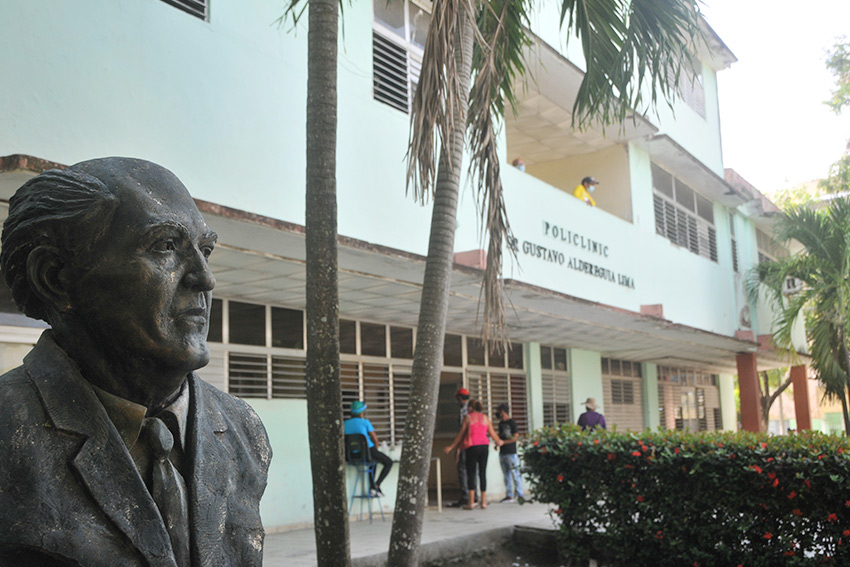
Non-compliance with the indications, deficiencies in the inquiries to identify possible patients, the low perception of risk in the population, among other factors, have led to the reappearance of COVID-19 cases in the health areas of the Gustavo Aldereguía and Guillermo Tejas polyclinics of the provincial capital, which add up to six transmission events.
Las Tunas, Cuba.- Faced with this complex epidemiological situation, the highest authorities of the territory urge to reinforce the assistance in the neighborhoods, with the support of the Community Workgroups; above all now, when the new health protocols set the Primary Care level as the main scenario for confronting the pandemic.
Dr. Yurisel Miguel Cruz, director of the Guillermo Tejas polyclinic, admitted the weaknesses that have led to a worsening of the current situation. “We have identified problems in the timely and effective detection of symptomatic cases for their rapid isolation. The direction of the province has given guidelines regarding the help that presidents of the Committees for the Defense of the Revolution, delegates, and members of community workgroups should give us in the inquiries; in this way, health professionals can work in the most complicated areas.”
The doctor said that there is also a lack of commitment on the part of the people, and today there are violations of the measures. "They are not aware of the urgency of taking care of themselves and their families, especially those of extreme ages or high risk."
In the "Gustavo Aldereguía" happens the same, and the increase in cases shows that strategies must be strengthened. Jaime Chiang Vega, governor of the province, stated that it is necessary to provide everything necessary to the people in isolation so that they do not have to leave their homes.
“Here, we have not been able to control the contagions nor have we been effective in the measures. We have to find out what is not working at the neighborhood level to be able to cut the transmission. And I think that what affects the most is that people keep going out because their needs are not covered,” he emphasized.
With the application of the new modes of action, the collaboration of community factors and individual responsibility is required as never before, as the work will intensify for the family doctor and nurse. Now, suspected and low-risk confirmed patients, asymptomatic or with mild symptoms (low-grade fever, runny nose, loss of smell and taste, headache) are admitted to the homes.
The province counts more than 5,700 positive cases for COVID-19 and, in the last 15 days, the figure has risen to 2,436 confirmed, a sign of epidemiological severity, even though the incidence rate is still one of the lowest in the country. This indicator is not a reason for tranquility for a territory that had maintained control, and that today reports its highest numbers; on the contrary, it is necessary to reinforce all the trenches -from Primary to Secondary Care- to stop transmission and, therefore, ensure the health of the people.





